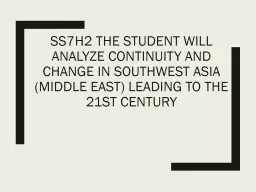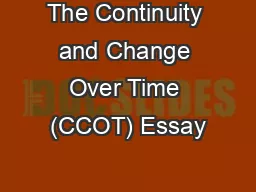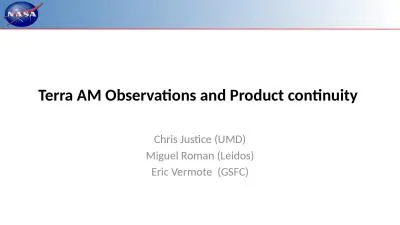PPT-SS7H2 The student will analyze continuity and change in Sou
Author : celsa-spraggs | Published Date : 2017-12-04
A Explain how European partitioning in the Middle East after the breakup of the Ottoman Empire led to regional conflict https youtubeKq1iEvc9scI Before the Ottoman
Presentation Embed Code
Download Presentation
Download Presentation The PPT/PDF document "SS7H2 The student will analyze continuit..." is the property of its rightful owner. Permission is granted to download and print the materials on this website for personal, non-commercial use only, and to display it on your personal computer provided you do not modify the materials and that you retain all copyright notices contained in the materials. By downloading content from our website, you accept the terms of this agreement.
SS7H2 The student will analyze continuity and change in Sou: Transcript
Download Rules Of Document
"SS7H2 The student will analyze continuity and change in Sou"The content belongs to its owner. You may download and print it for personal use, without modification, and keep all copyright notices. By downloading, you agree to these terms.
Related Documents














